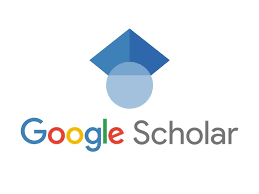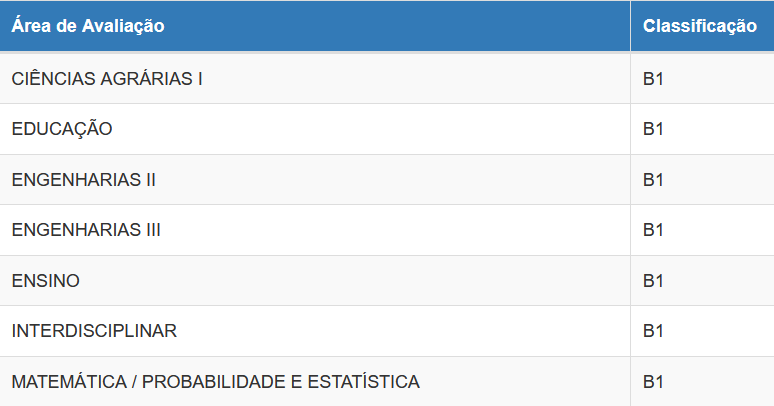Submissions
Submission Preparation Checklist
As part of the submission process, authors are required to check off their submission's compliance with all of the following items, and submissions may be returned to authors that do not adhere to these guidelines.Mathematics Education
Articles that show original results, partial or final, of scientific researches in the field of Mathematics Education, related to the Teaching of Mathematics and with the Initial or Continued Mathematics Teachers Training at the most diverse levels and modalities.
Mathematics
Articles que show show original results, partial or final, of scientific researches in the field of Aplied Mathematics, with interfaces in other Sciences, at the most diverse contexts, including technical and technological. Also, in the field of Pure Mathematics, in addition to original results, partial or final, from scientific researches, articles of mathematical dissemination that present a new perspective for Mathematics problems or absent topics, in general, in Mathematics courses.
Dossiê: Resolução de Problemas na Educação Matemática
Dossiê: Modelagem Computacional em Ciência e Tecnologia
Artigos apresentados no Encontro Regional de Matemática Aplicada e Computacional (ERMAC-2023) & Simpósio 1ª Década do Programa de Pós-Graduação em Modelagem Computacional em Ciência e Tecnologia (PPG-MCCT), da Universidade Federal Fluminense, Volta Redonda, Rio de Janeiro, realizado de 30 de outubro a 1º de novembro de 2023.
Copyright Notice
REMAT retains the copyright of published articles, having the right of first publication of the work, mention of first publication in the journal in other published media and distribution of parts or the work as a whole with the aim of promoting the journal.
Privacy Statement
The names and addresses informed in this magazine will be used exclusively for the services provided by this publication, and will not be made available for other purposes or to third parties.
































